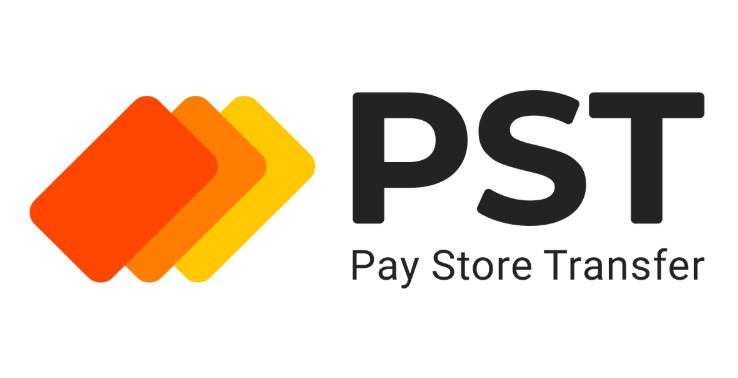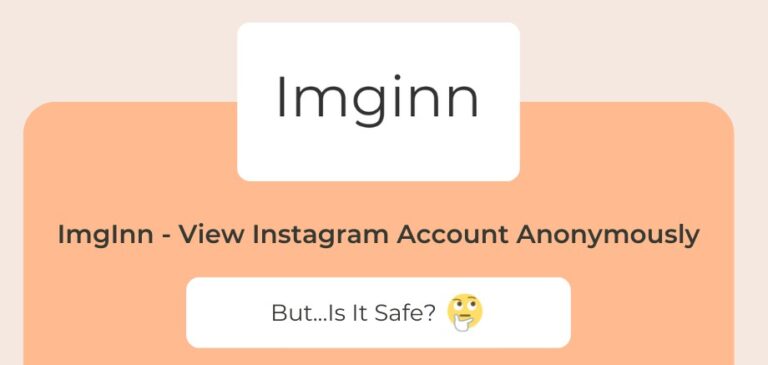Virtual cards for Google Ads: a smart and secure choice
Plenty of advertisers still use personal or business bank cards to pay for Google Ads. It works — until it doesn’t. One sudden account ban, a random payment rejection, or an unannounced cap on spending can bring everything to a halt. Sometimes, Google blocks a payment without even giving you a reason.
Google Ads runs a tight ship when it comes to payments. One suspicious card, and your account could be history. If you’re not segmenting your budgets properly, you won’t know which campaign spent what. And if you don’t have control, you lose predictability. Without predictability, you can’t scale. Simple as that.
The smarter solution: virtual cards for Google Ads
Unlike traditional bank cards, virtual cards aren’t directly tied to your personal banking profile. They’re issued by specialist platforms designed specifically for ad spend. These cards use different BINs (Bank Identification Numbers), making them less likely to trigger Google’s fraud detection systems. You can issue dozens of them, each linked to a specific campaign or ad account. Most importantly, they give you control.
When your ad spend starts to scale, old methods start to hold you back. If you’re running more than five to ten accounts, you need to separate your identity from your payments. That’s where virtual cards come in. They don’t just enable payments — they become a fundamental part of your advertising infrastructure. It’s a strategic shift, not just a tactical workaround.
How does the “Ad account – virtual card” combo work?
Here’s a quick example. You’ve got a campaign built around one offer. You create a Google Ads account and attach a virtual card with a $500 limit. When the campaign wraps, you archive the card and move on. For the next campaign? New account, new card.
Each card exists in isolation. Google sees no link between them. If one account gets banned, the others keep running — no domino effect.
Now compare that to using a single bank card. One block, and all your connected accounts freeze. That’s the game-changing difference.
Top 3 virtual card providers for Google Ads in 2025
1. PSTNET

PSTNET is a virtual card service built specifically for media buyers. They offer card categories tailored to platforms like TikTok, Facebook, and Google, each with dedicated BINs. That means fewer payment declines and a smoother ad delivery process. If you need to pay for expenses like hosting, proxies, or AI tools, their Ultima card covers all bases.
PSTNET cards are issued by banks in the US and Europe and support both Visa and Mastercard networks. Security-wise, they come with 3D Secure and two-factor authentication, which makes Google’s anti-fraud systems play nice with them. Many solo buyers and agencies report solid performance when using PSTNET’s credit card for Google Ads.
New users get a perk too: you can top up your account in USDT with zero commission.
Key features:
- PST Private: 3% cashback on ad spend, up to 100 free cards/month with no spend proof required.
- 25+ BINs: Across the US and Europe, helping reduce risk payments.
- BIN Checker: Shows average spend, success rate, and billing thresholds.
- Fees: No transaction fees, no charges for frozen/blocked cards.
- Top-up fee: From 2%.
- Top-up methods: 18 cryptocurrencies (BTC, USDT TRC20/ERC20), plus SWIFT/SEPA and Visa/Mastercard.
- Team tools: Task delegation, subaccounts, card limits, and auto top-up.
- Expense analytics: Full transaction history, downloadable reports, live cashback tracking.
- Mobile app: Yes.
- Registration: Apple ID, Google, Telegram, WhatsApp, or email.
- 24/7 support: Via a personal manager on Telegram, WhatsApp, or live chat.
2. Combo cards
Combo cards are a newer player in the game but are already gaining traction among professionals. Their cards work with Visa and Mastercard and can receive payouts from affiliate networks. They also support card rentals for Apple Store and Google Play developer accounts, as well as global bank transfers.
They use AI to power their support system, making it quick and easy to get answers right from the site. For new users, the first 20 ad cards are free. After that, card issuance costs between $1–$3, plus a service fee.
Key features:
- BINs: 5+ from banks in the US, UK, Estonia, Switzerland, Colombia.
- Fees: Zero for transactions and declines. Minimal charges for other operations.
- Top-up fee: From 3% to 5%.
- Top-up methods: Crypto (USDT TRC20, BTC), AdCombo balance.
- Security: 3D Secure, two-factor authentication.
- Team tools: Add users, assign roles.
- Analytics: Basic transaction overview in the dashboard.
- Registration: Fill out the form, verify your account, and wait for approval (within 72 hours).
- 24/7 support: Via chat or email.
3. LinkPay

LinkPay issues credit-based virtual cards for online ad payments. Their Multi Ads card is ideal for campaigns across multiple platforms. They operate on a subscription model, which often means better rates and bigger cashback. For instance, the Plus plan gives you access to 100 virtual cards with enhanced conditions.
One of LinkPay’s standout features is its zero-fee model: no charges on top-ups, withdrawals, or declined transactions.
Key features:
- BINs: 5 BINs from European banks.
- Fees: Zero for top-ups, withdrawals, or declines; other charges capped at 5%.
- Top-up methods: 7 popular cryptos, SWIFT/SEPA, card transfers.
- Team tools: Task and role assignment, card limits.
- Analytics: Full spend reports in the dashboard.
- Registration: Quick form—no KYC.
- Card issuance: Within 24 hours.
- 24/7 support: Chat and Telegram.
Why virtual cards are a game-changer for Google Ads in 2025?
If you’re running consistent campaigns, you need payment stability. One failed transaction isn’t just a hiccup — it can kill your auction performance, reset your optimisation, and derail your reach. Google gets used to a daily rhythm. Interrupt it, and your budget works less efficiently.
With virtual cards, you can:
- Match your card’s BIN geography to the account.
- Track every payment and flag anomalies.
- Set spend limits per card.
- Assign a separate card to each campaign.
- Replace cards without risking the ad account.
- Move between accounts without friction.
- Keep your personal banking info off the radar.
Before, you’d check in every morning to see if payments cleared. Then chase down reasons for failures. That’s time lost—and lost time means lost impressions.
With a virtual card setup, you just launch and track results. Everything else is automated. Cards pay. Limits hold. Budgets stay on track.
If an account gets banned, the card’s still good. You grab a new one. Fire up the next campaign. Keep scaling.
This is what control looks like.
Final thoughts
A virtual card is not a replacement for a bank card. It’s a different level. It’s a tool that allows you to manage advertising instead of fearing rejections.
Payments in Google Ads are a risk zone. But if you set up the system correctly, this risk disappears. Chaos turns into order. Randomness into structure.
If you want to scale, stop fearing Google bans, and stop wasting time on manual control — start by choosing the right virtual card.
Virtual cards from PSTNET, Combo Cards, and LinkPay deserve a test today, thanks to their unique offers for media buyers — cashback, free cards, and zero fees on key transactions.
All these services are reliable and have earned positive reviews from media buying teams around the world.







